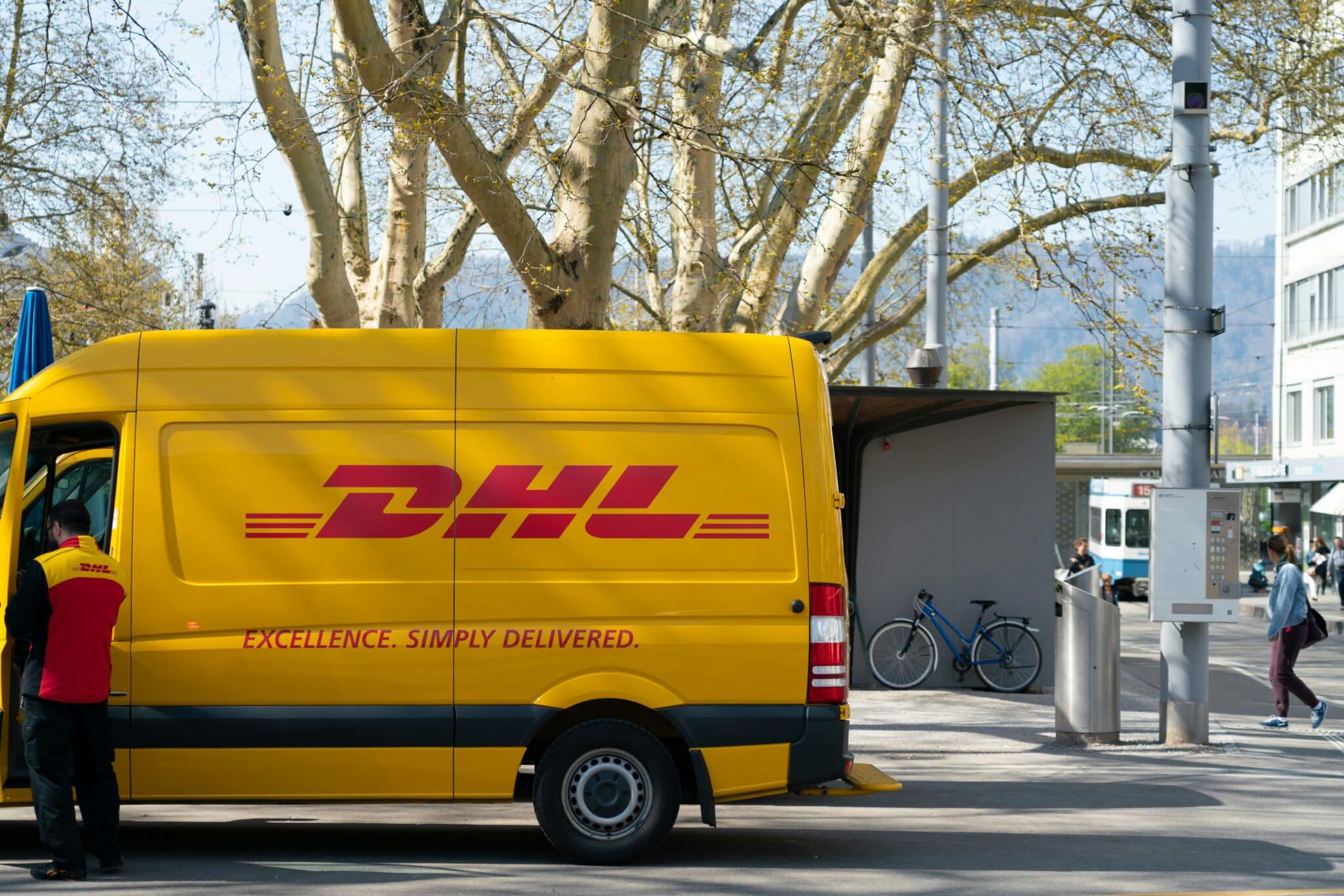A question a lot of people have when it comes to delivery apps is which delivery service pays the most. I’ve been doing food delivery and using other delivery apps for over a decade. In the world of gig economy apps, that makes me ancient. It also means I’ve got a lot of real data and experience about which apps pay the most.
At the outset, I think it’s important to remember that you shouldn’t rely on any single app in this business. Apps come and go and different apps will pay more or less at different times. If someone asks which app pays the most, the real answer is that “it depends.” The smartest thing you can do, therefore, is to sign up for all the delivery apps available to you, try them all out, and figure out which ones work best for you. Once you get more experience with these delivery apps, you can start multi-apping, which is when you use multiple delivery apps at the same time.
That being said, in this post, I want to go over my experience with the different delivery apps and tell you which deliveries typically pay the most for me. I want to reiterate that this is based on my experience in a specific market (Minneapolis). The apps that pay best for you may (and likely will) differ depending on where you work.
Which Delivery Service Pays The Most?
There are a few things to consider when we think about which delivery service pays the most. First, we could be considering which delivery services pay the most per delivery. There is no doubt that some apps tend to pay more than others. Second – and what I think is better – is to think about which delivery services keep you busiest and pay you the most for your time working. A delivery that takes a long time and pays well isn’t necessarily better than a delivery service that pays less per delivery, but where you can complete more deliveries in a shorter amount of time.
So, here’s which delivery services pay the most based on my personal experience with them.
1. DoorDash
In general, in my experience, DoorDash tends to pay the most for me. The reason for this isn’t necessarily that it pays the most per delivery, but primarily that it tends to be my busiest delivery app. DoorDash also keeps distances pretty short since they have more delivery zones than other apps. This helps to keep the delivery distances shorter, which allows me to complete more deliveries (and as a result, earn more money).
2. Uber Eats
Of the delivery apps I use, Uber Eats tends to be my second best-paying delivery app. This can vary a lot though with DoorDash, as there are days when DoorDash is very busy, and then days when Uber Eats is very busy. During peak times, Uber Eats can be very busy, so I’m able to earn a decent amount with it. The main downside of Uber Eats is that customers can remove their tip after the delivery, so there’s always the risk of being tip-baited.
3. Grubhub
Grubhub is my third best-paying delivery app, although, for me, it’s far less busy than DoorDash and Uber Eats. That being said, Grubhub is interesting because I often find that it pays the most per delivery of the three main food delivery apps. The issue for me when it comes to Grubhub is that even if the deliveries pay well on a per-delivery basis, the delivery distances are often too far to make it worthwhile for me. This is in contrast to DoorDash and Uber Eats, which tend to pay less per delivery but have shorter delivery distances that make it faster for me to deliver orders.
The other downside with Grubhub is that the volume of deliveries with Grubhub is typically lower than the other delivery apps (at least for me). Again, this isn’t universal and your experience may differ depending on where you work, but that’s what my experience has been like.
4. Roadie
Roadie is a bit of a surprise when it comes to delivery apps that I think pay well. Unlike DoorDash, Uber Eats, or Grubhub, Roadie is not a food delivery app, but instead focuses on delivering pharmacy prescriptions, items from big box stores like Home Depot and Best Buy, and lost luggage from the airport. Roadie is also different from the food delivery apps because you aren’t sent orders, but rather available orders are placed on a map and can be selected on a first-come, first-serve basis.
I think Roadie often pays well for some of the orders, especially short-distance ones. That being said, not all orders are great and some are too far away to make them worthwhile. The other thing to know about Roadie is that the volume of available orders is too low to make this anything more than a small side hustle. So while individual orders can pay well, you likely cannot rely on Roadie for full-time income.
5. Instacart
Instacart orders can often pay well for individual orders. This is because grocery shopping apps like Instacart typically require you to shop for and deliver the order to customers. The fact that you have to also shop for orders adds additional time, which is why Instacart will typically pay you more for each individual order.
The downside is that Instacart orders take more time to complete, which can be a major downside of delivering for Instacart. Some people are able to be efficient with the shopping aspect, but in all my years of doing Instacart, I’ve never really figured out how to make the shopping process more efficient. Since it takes me a while to shop for orders, I end up earning less, even if the order itself is paying well. This isn’t to say that Instacart won’t work for you, but for me, Instacart has never paid well enough for me.
6. Shipt
Shipt is the same as Instacart, where you’re shopping for and delivering grocery orders to customers. Like with Instacart, orders can pay well, but having to shop for the order often takes me too much time, making it so I don’t end up earning much. Again, this isn’t to say Shipt can’t pay well, but I have never really been able to figure out how to make Shipt profitable for me.
7. Amazon Flex
Amazon Flex is an interesting delivery app. In the past, Amazon had a food delivery service, but now they only deliver Amazon packages and Whole Foods orders. Deliveries on Amazon Flex are generally a set route with multiple deliveries, so you’ll usually deliver 5 or 10 packages total. These routes will usually take multiple hours and Amazon will pay a set amount that typically comes out to around $20-$25.
Amazon Flex deliveries pay well, but the downside is that it does require you to use a car and the distances are long, which means more wear and tear on your car. I don’t do Amazon Flex deliveries these days because most of the time, the distances they want me to travel are too far.
Final Thoughts
When it comes to the question of which delivery services pay the most, there is no one clear answer that will apply to everyone. For me, the delivery services that pay the most are the ones where I’m able to maintain a high volume of deliveries and complete deliveries quickly. This generally means DoorDash and Uber Eats pay the best. While each order doesn’t necessarily pay the most, those two apps are usually busy enough that I can always stay busy and earn money.
That being said, no matter which delivery service pays the most, the best practice will always be to sign up for multiple delivery apps and use them all. With experience, you’ll find that some delivery apps are better than others. You’ll also find some apps work better at different times. And ideally, with experience, you’ll be able to work on multiple delivery apps at the same time, allowing you to maximize your earnings.



Leave a Reply